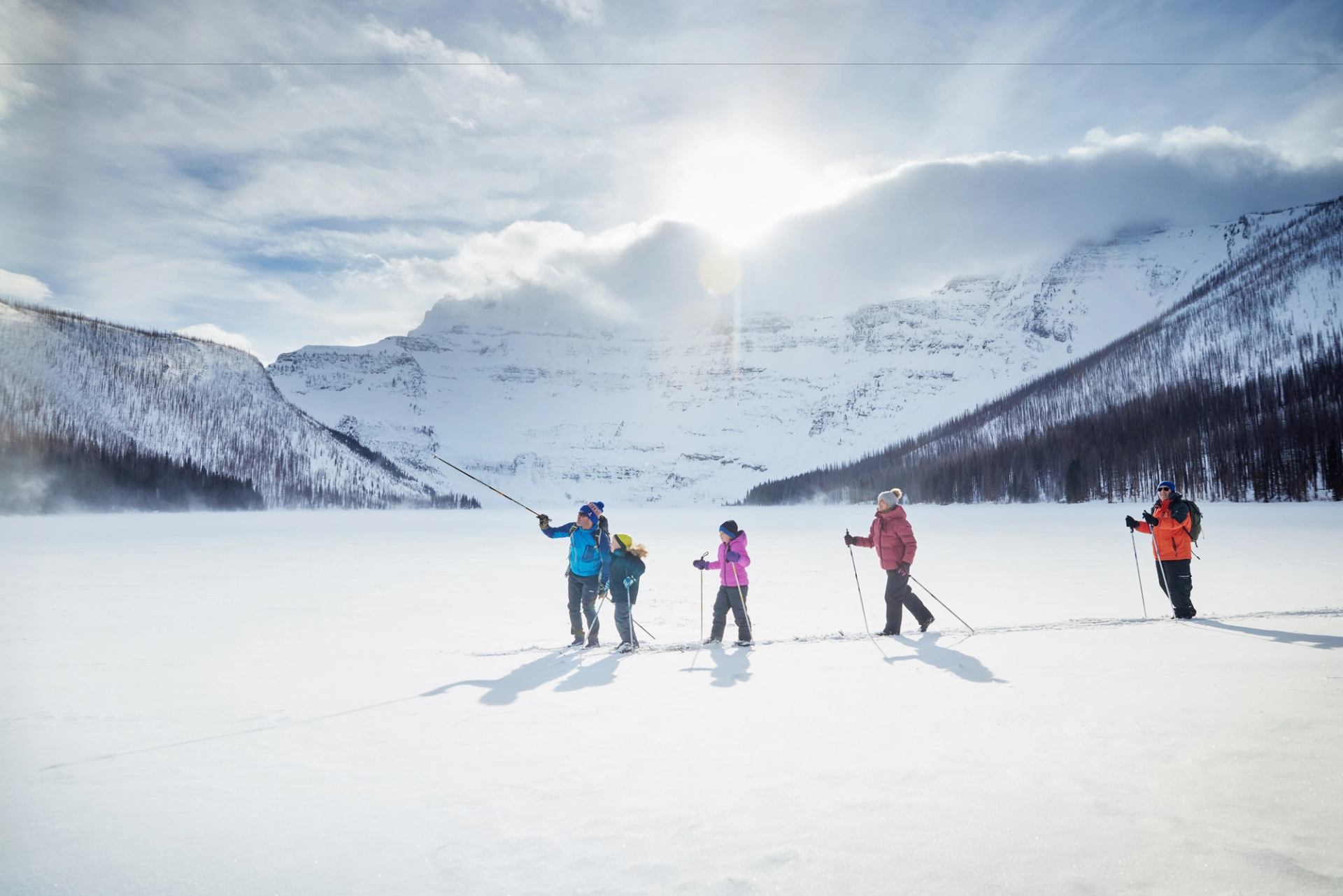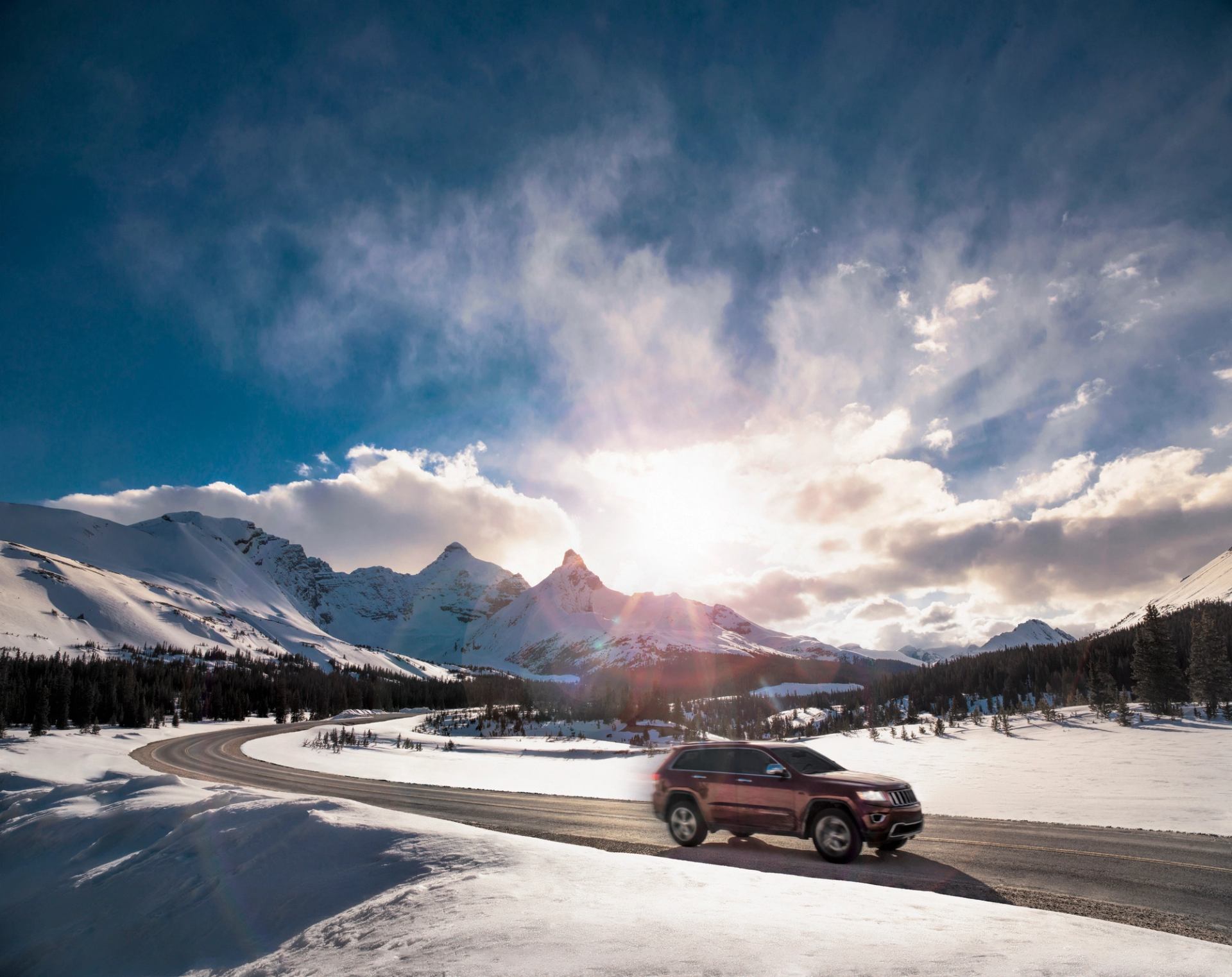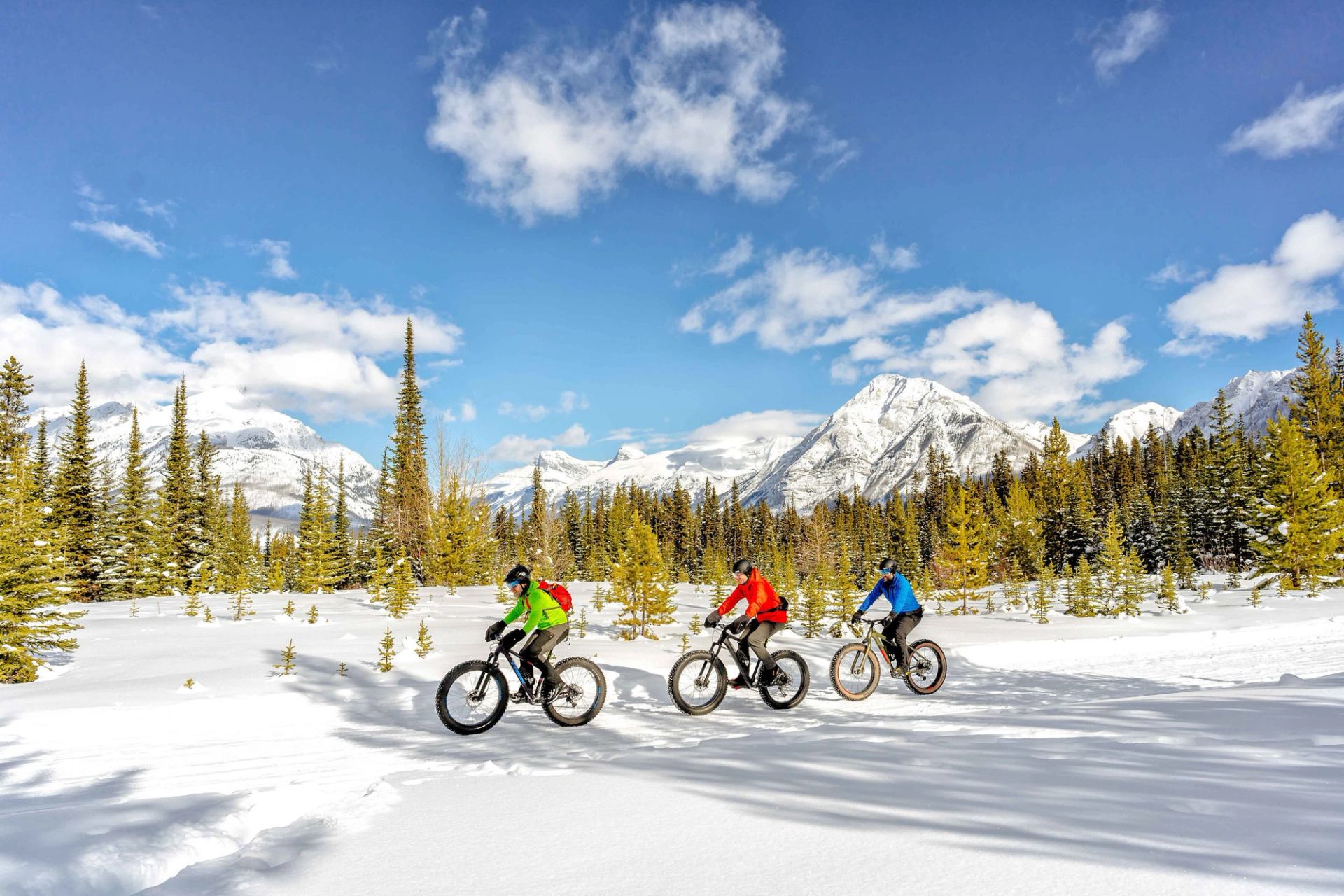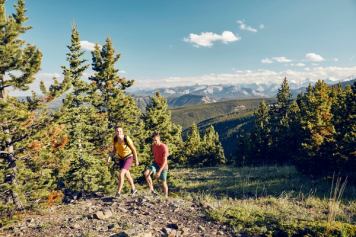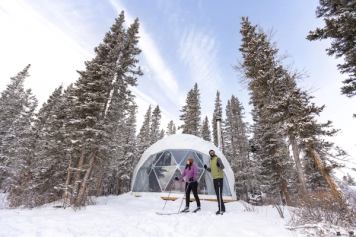Alberta's vast wilderness changes dramatically from summer to winter, from the prairies to the Rockies, from northern boreal forests to lakes, badlands and everything in between. Being prepared for all weather is just the beginning of having a safe and responsible travel adventure.
Before even starting the car, responsible winter adventures begin with being ready for all conditions and weather. While exploring Alberta's winter beauty, what you are wearing and who is guiding you are crucial to not only having a great experience but also getting home safely.
Use local guides
It's no secret locals always know the best spots. They know how to get there, what to do and how to be prepared for the environments in which they live. Hiring a local guide is also a great way to practice sustainable travel. As the experts on the ground, guides educate and have a positive influence on a tourist's behaviour in the destination. Whether it's a guided fat biking tour or a guided ice-walk, tours are the perfect way to explore in an environmentally friendly way while ensuring wildlife, cultural resources and ecosystems stay intact.
Alberta is full of local guides and experts trained and certified to take you safely and responsibly to the best places in the province. Whether they are certified local experts on platforms like Yervana, or tours such as Maligne Adventures in Jasper or Wild West Badlands Tours in the Canadian Badlands — guided experiences ensure safe, fun and educational adventures in the wilderness.
Local outfitters like Yamnuska Mountain Adventures in the Bow Valley have been offering mountaineering, ice climbing and trekking adventures for over 40 years. From beginner to expert level, Yamnuska ensures each traveller safely experiences the unparalleled beauty of the Canadian Rockies.
When venturing down to Southern Alberta, be sure to book Uplift Adventures in the Waterton and Crowsnest Pass region. Uplift provides sustainable modes of transportation such as snowshoeing, fat biking and hiking while teaching you about the rich history, culture and nature of the area. Local guides are also a great source of untapped knowledge of the area, whether it is your next backcountry ski trail or a restaurant recommendation. Spending the day with a local chatting about your adventure to-do list is a day well spent.
Pursuit offers guided tours with local experts in iconic locations, like Maligne Canyon in Jasper National Park.
